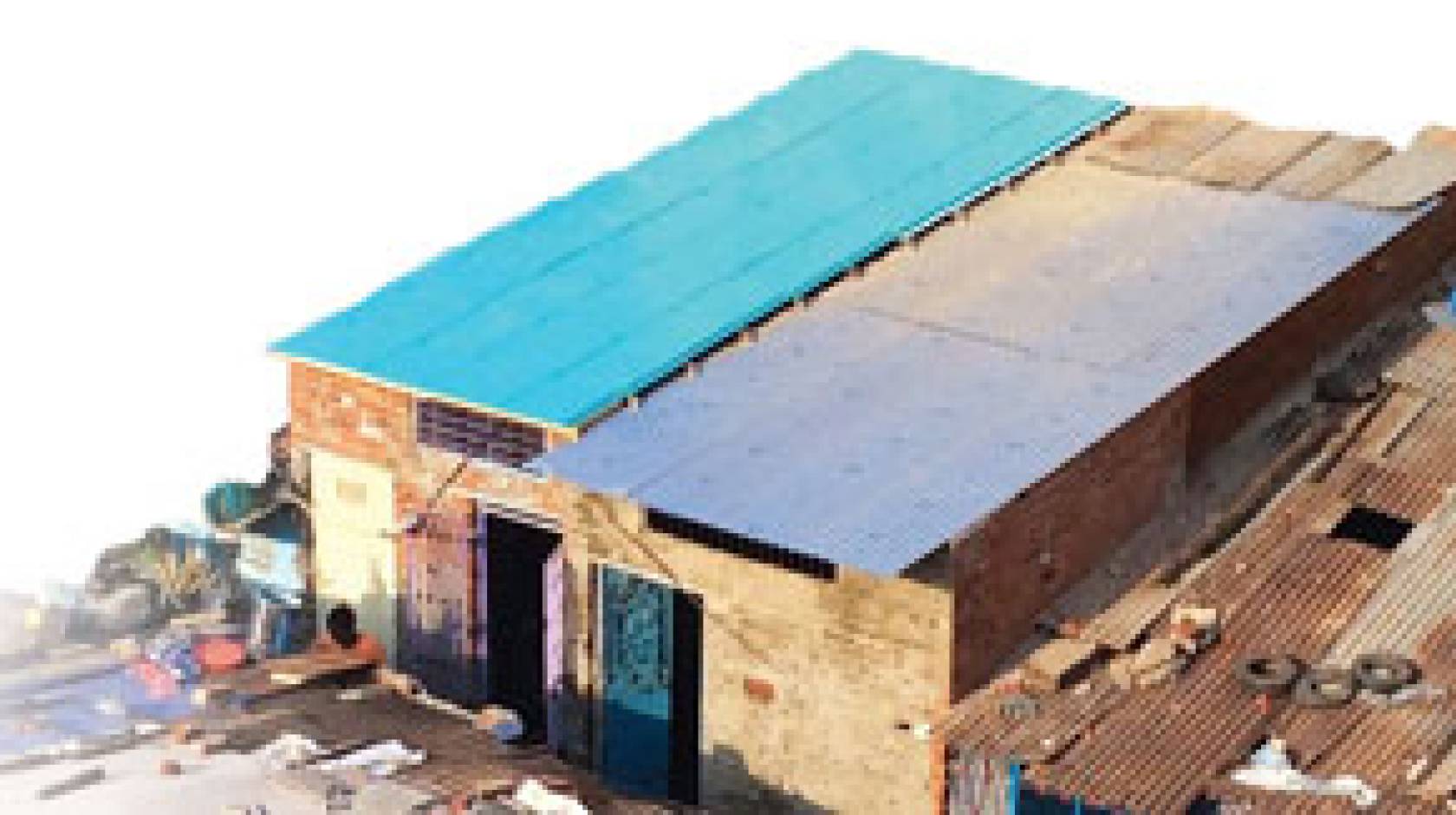Sonia Travaglini, Berkeley Science Review

How do you help someone thousands of miles away in an Indian slum fix their roof, or someone in the African urban jungle access cervical cancer screening? You might think of sending some money, or perhaps supporting some charitable agencies. But in recent years a new solution has emerged — one that empowers as it helps people solve their own problems.
The latest kind of engineering being explored at UC Berkeley helps those in the lowest resource areas of the world by finding ways to solve big problems without needing big resources. This rapidly evolving field is called development engineering, the core concept of which is helping others help themselves. While traditional aid imports finite resources that require an agency to distribute and maintain, development engineering finds new ways for a community to use their resources, knowledge, and people-power in solving their problems. After all, who is more motivated to solve a problem than those affected by it?
UC Berkeley’s long history of philanthropic work has paved the way for engineering solutions in some of the world’s most difficult living conditions. Founded in 2006, the Blum Center for Developing Economies is an interdisciplinary hub that supports and trains scholars across UC Berkeley to apply their skills to helping those who need it most. The development engineering program at UC Berkeley offers practical courses aimed at helping diverse teams of engineers, data scientists, entrepreneurs, and many other specialists figure out new ways of making life better with technology and ideas.
One such class is headed by the Roscoe and Elizabeth Hughes Professor of Mechanical Engineering, Alice Agogino, also the chair of the Development Engineering Graduate Group. “Development engineering is about using ideas and technology to help solve challenging problems using an interdisciplinary approach that builds on and contributes to a research foundation,” says Agogino, who teaches the project-based development engineering seminar course for graduate students. “Solutions have to be self-sustaining. It’s about understanding the whole situation,” she explains.
To empower a community to use the resources they have on hand, development engineers must get into the nuances of the everyday lives of those they aid. Development engineering uses analysis, user research, and design methodology to come up with solutions and then test those solutions to make sure they really work. Development engineers’ solutions are created with first-hand input from people immersed in the community. Exploring the locals’ knowledge and skills enable development engineers to find scalable — and sustainable — solutions.
Read the full article at Berkeley Science Review.
